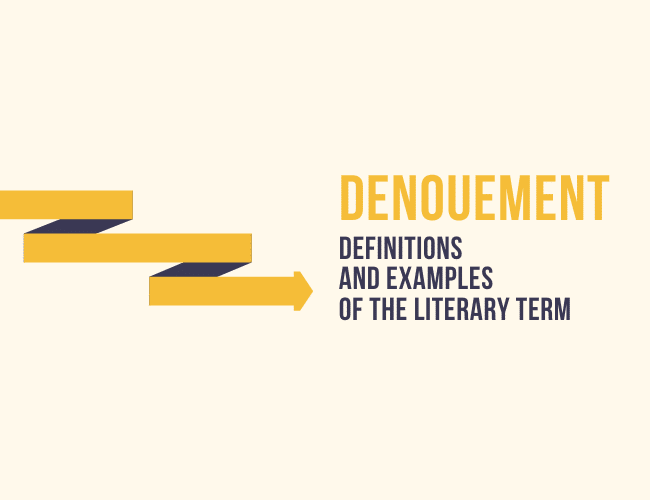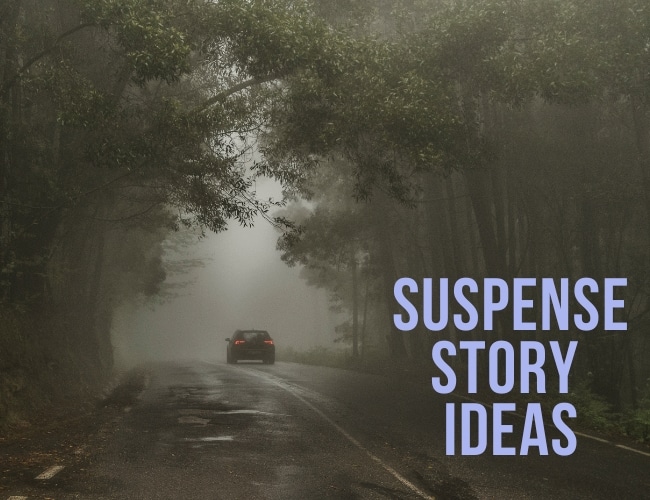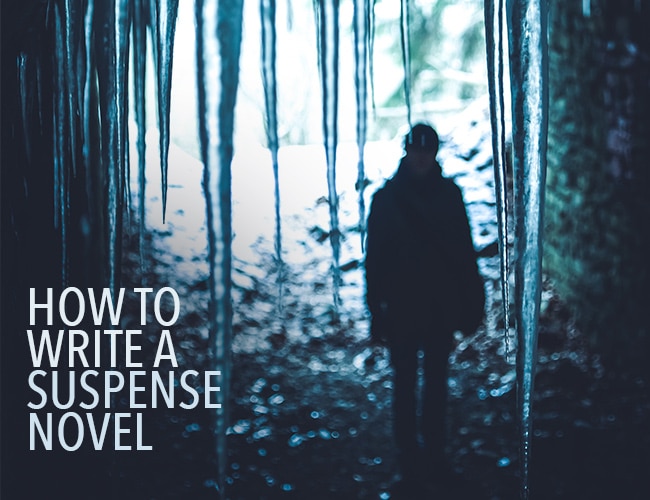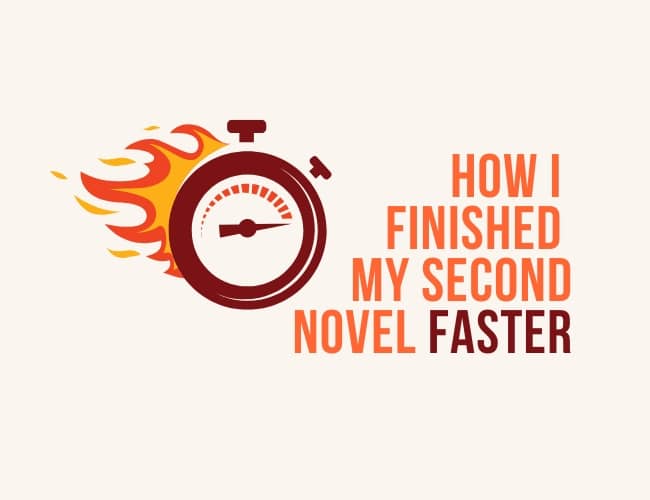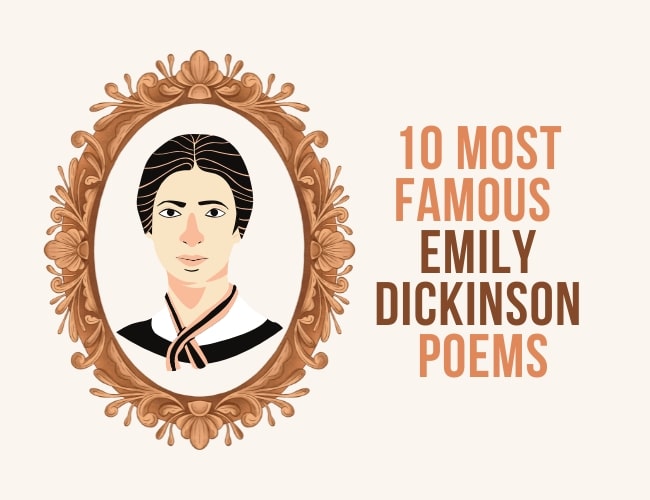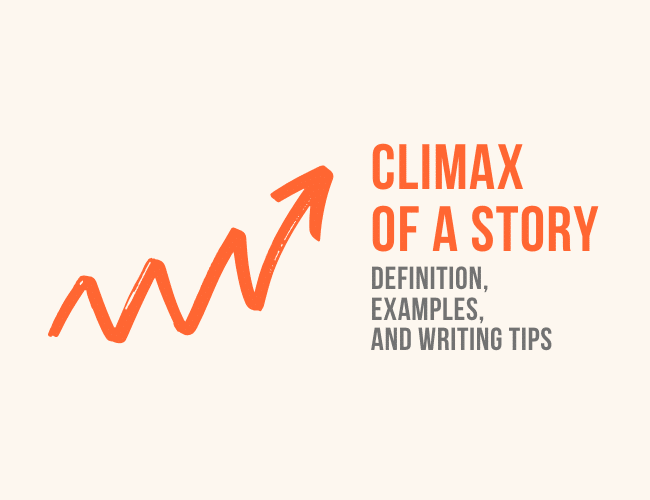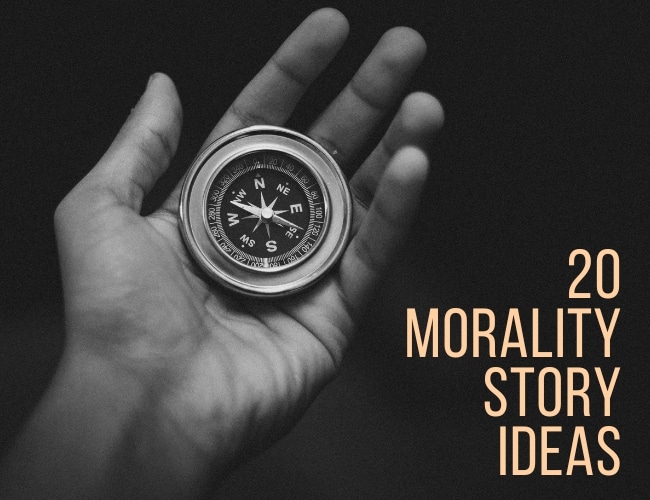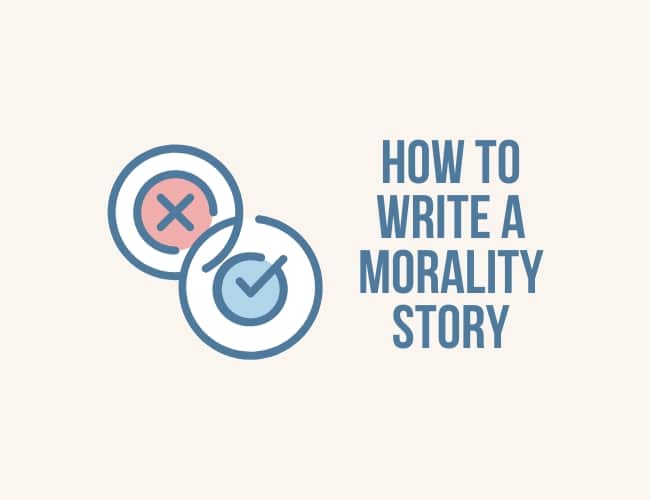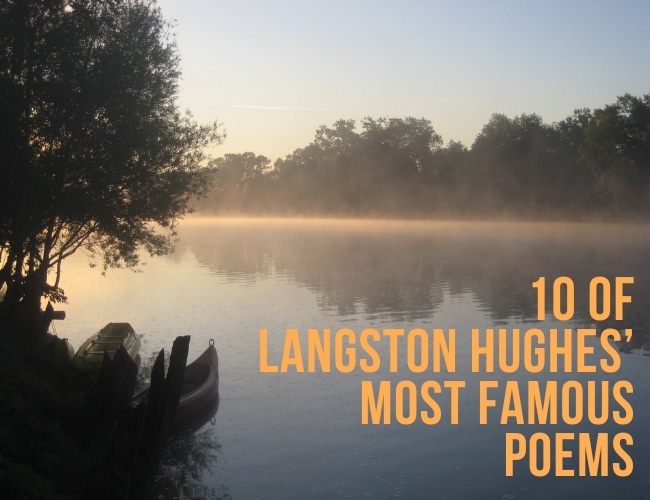How do good stories end? In tragedy or triumph? With a wedding or a funeral?
That is the question of the denouement, a literary term that means more than just “the end.”
This article is all about denouement. In it, we will talk about the origin and definition of the literary term, give examples, and talk about where it fits in your writing.
